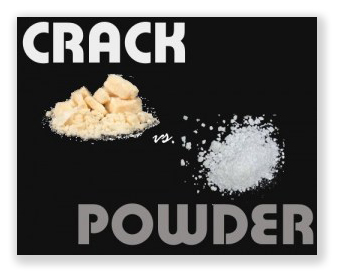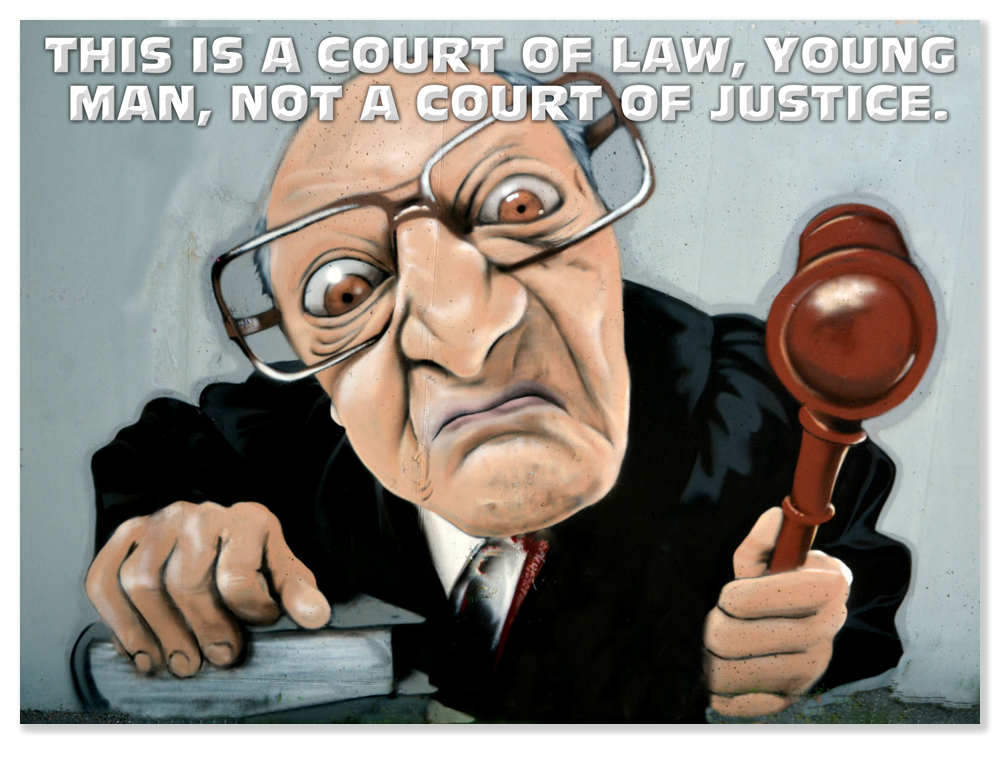We post news and comment on federal criminal justice issues, focused primarily on trial and post-conviction matters, legislative initiatives, and sentencing issues.

THE GOLDILOCKS OPTION
All of the New Year’s Eve revelers had not yet left Times Square when the first rumor of the new year landed in my email inbox. An inmate reader wrote: “The Bureau of Prisons is saying that even though the law now says that good time is to be applied based on length of sentence, the ‘rules’ say that they are to evaluate an inmate at the end of the year for good conduct, therefore it can only apply to time served.”
 Not so fast, my friend. As the Old Man of 2019 disappeared through the door – and ‘good riddance!’ many of us thought – the BOP issued a proposed change to 28 CFR § 523.20 it intends to follow in applying the changes in the good time statute (18 USC § 3624(b)(1)) brought about by the First Step Act. The notice, of course, was published in the Federal Register, where everyone was sure to see it.
Not so fast, my friend. As the Old Man of 2019 disappeared through the door – and ‘good riddance!’ many of us thought – the BOP issued a proposed change to 28 CFR § 523.20 it intends to follow in applying the changes in the good time statute (18 USC § 3624(b)(1)) brought about by the First Step Act. The notice, of course, was published in the Federal Register, where everyone was sure to see it.
Time out for some remedial government class, for those who sat in the back texting their friends. Congress passes bills, which the President signs. Those bills change federal law. Federal law is conveniently restated in the United States Code, which organizes the laws so that they are easy to find.
 Laws quite often sweep broadly and are light on detail. Federal agencies, which are charged by Congress with seeing that the laws are carried out, are entitled to use procedures under the Administrative Procedure Act to adopt rules that give definition to the laws. Imagine Congress passes a law that broadcast licenses should be granted and renewed when the public interest, convenience and necessity requires it. (Actually it did, in § 307 of the Communications Act of 1934.) What the dickens does that mean? Congress delegated authority to the Federal Communications Commission to define what it means by rules adopted pursuant to the APA‘s procedures. Those rules are conveniently set out in the Code of Federal Regulations.
Laws quite often sweep broadly and are light on detail. Federal agencies, which are charged by Congress with seeing that the laws are carried out, are entitled to use procedures under the Administrative Procedure Act to adopt rules that give definition to the laws. Imagine Congress passes a law that broadcast licenses should be granted and renewed when the public interest, convenience and necessity requires it. (Actually it did, in § 307 of the Communications Act of 1934.) What the dickens does that mean? Congress delegated authority to the Federal Communications Commission to define what it means by rules adopted pursuant to the APA‘s procedures. Those rules are conveniently set out in the Code of Federal Regulations.
So, contrary to our reader’s perception, the ‘rules’ the BOP seeks to adopt should not contradict 18 U.S.C. § 3624(b)(1), but instead provide the detail needed to implement it. Rules are not laws, and – when a statute and a rule are inconsistent – a law always trumps a rule.
 Enough high school government class for now… In its Dec. 31 Notice, the BOP proposes to calculate an inmate’s “out date” at the time the sentence commences by assuming all good time will be earned (as it has always done). The actual award of the time for each year of sentence will come on the anniversary date of when the sentence started, after the BOP determines, in the words of § 3624(b)(1), that the inmate has shown “exemplary compliance” with BOP rules and policies. Practically speaking, this means the inmate received no disciplinary reports that took away good conduct time as a sanction.
Enough high school government class for now… In its Dec. 31 Notice, the BOP proposes to calculate an inmate’s “out date” at the time the sentence commences by assuming all good time will be earned (as it has always done). The actual award of the time for each year of sentence will come on the anniversary date of when the sentence started, after the BOP determines, in the words of § 3624(b)(1), that the inmate has shown “exemplary compliance” with BOP rules and policies. Practically speaking, this means the inmate received no disciplinary reports that took away good conduct time as a sanction.
The “exemplary compliance” standard is nothing new. In fact, the only changes in § 3624(b)(1) resulting from the First Step Act are that (1) prisoners earn up to 54 days of good conduct time each year of their sentences, not for each year they are actually in prison. This results in an extra seven days each year; and (2) credit for the last year of a term of imprisonment shall be given on the first day of the last year of the term of imprisonment.
 In last week’s Notice, the BOP proposed three alternatives for administering good conduct time under the changed law. The first alterative would be, because the changed statute no longer referred to a “portion of a year,” for the BOP to give no credit for the final part of a year an inmate served. The Bureau rejects this as “an erroneous and unfair interpretation” of the new law. In other words, this porridge was too hot.
In last week’s Notice, the BOP proposed three alternatives for administering good conduct time under the changed law. The first alterative would be, because the changed statute no longer referred to a “portion of a year,” for the BOP to give no credit for the final part of a year an inmate served. The Bureau rejects this as “an erroneous and unfair interpretation” of the new law. In other words, this porridge was too hot.
The second alternative, the Bureau said, would be to interpret the new law to mean inmates get 54 days for the final part of a year, no matter how short. If a sentence were 38 months, for example, an inmate would get 54 days a year for each of the 3 years, and another 54 days for the last two months. The BOP rejected this interpretation as being too fair, because it “would result in some inmates receiving benefits incongruous with those received by others.” This porridge was too cold.
 The third alternative is the BOP’s Goldilocks choice, one the Bureau believes is neither too unfair nor too fair. The BOP proposes that 54 days’ good conduct time vest on each anniversary of the sentence. For the last year, however, the prorated good time would not be awarded until the last day of the sentence, so an inmate could still lose a part year’s good conduct time up to the time he or she walks out the door.
The third alternative is the BOP’s Goldilocks choice, one the Bureau believes is neither too unfair nor too fair. The BOP proposes that 54 days’ good conduct time vest on each anniversary of the sentence. For the last year, however, the prorated good time would not be awarded until the last day of the sentence, so an inmate could still lose a part year’s good conduct time up to the time he or she walks out the door.
The BOP thinks this porridge is just right. However, the public may file comments agreeing or disagreeing until March 2.
A couple of interesting factoids appear in the Notice: In the introduction to the rulemaking proposal, the BOP mentioned that the PATTERN risk and needs assessment program has not yet being adopted in final form. As well, the Bureau referred to the glacial pace of recalculating existing inmates’ sentences to add the 7 additional days of good conduct time per year each inmate was awarded by First Step:
Under section 102(b)(2) of the FSA, the recalculation of GCT credit was not effective until the Attorney General completed and released the risk and needs assessment system on July 19, 2019. Although this proposed regulation is not yet in effect, the Bureau re-calculated release dates beginning on July 19, 2019 under the statutory authority of the FSA. Based on these recalculations, 3163 inmates were released from Bureau custody on July 19, 2019; the Bureau is in the process of completing recalculations for the remainder of the inmate population based on the FSA authority, prioritizing recalculations by proximity of projected release date, and releasing inmates as appropriate according to the recalculated GCT release dates.
 Of course, many people (your writer included) are at a loss to understand why recalculation of sentences has been such a laborious task. Certainly, even the BOP’s Packard Bell 286s ought to be able to recalculate sentences by running an algorithm that any boot-camp coder should be able to write between video games. But the bureaucracy plods on…
Of course, many people (your writer included) are at a loss to understand why recalculation of sentences has been such a laborious task. Certainly, even the BOP’s Packard Bell 286s ought to be able to recalculate sentences by running an algorithm that any boot-camp coder should be able to write between video games. But the bureaucracy plods on…
Good Conduct Time Under the First Step Act, 84 Federal Register 72274 (Dec. 31, 2019)
– Thomas L. Root



 Ohio State University law professor Doug Berman said in his Sentencing Law and Policy blog last week that “though these budget proposals still might fall short of what is needed for full, effective implementation of the First Step Act (e.g., I think Recidivism-Reduction Programs needs a lot more money), this strikes me as a serious effort to put serious money behind the Act (especially with the RRC expansion).”
Ohio State University law professor Doug Berman said in his Sentencing Law and Policy blog last week that “though these budget proposals still might fall short of what is needed for full, effective implementation of the First Step Act (e.g., I think Recidivism-Reduction Programs needs a lot more money), this strikes me as a serious effort to put serious money behind the Act (especially with the RRC expansion).”






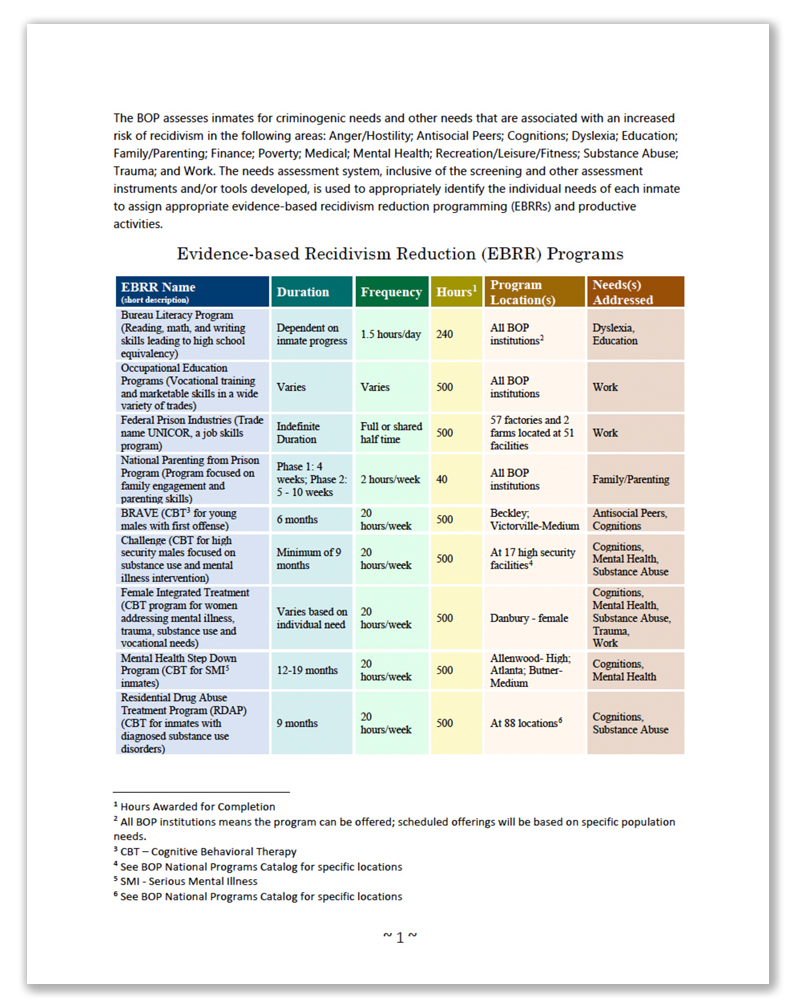




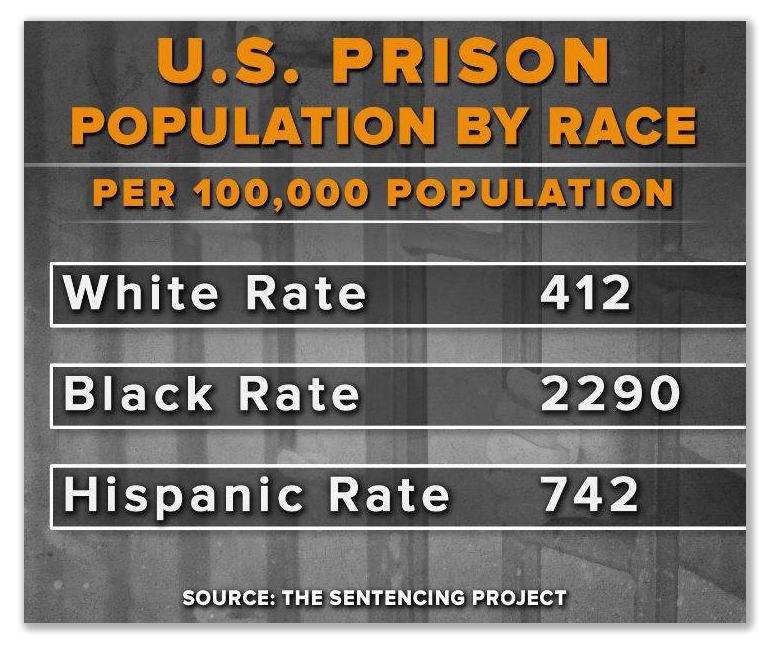









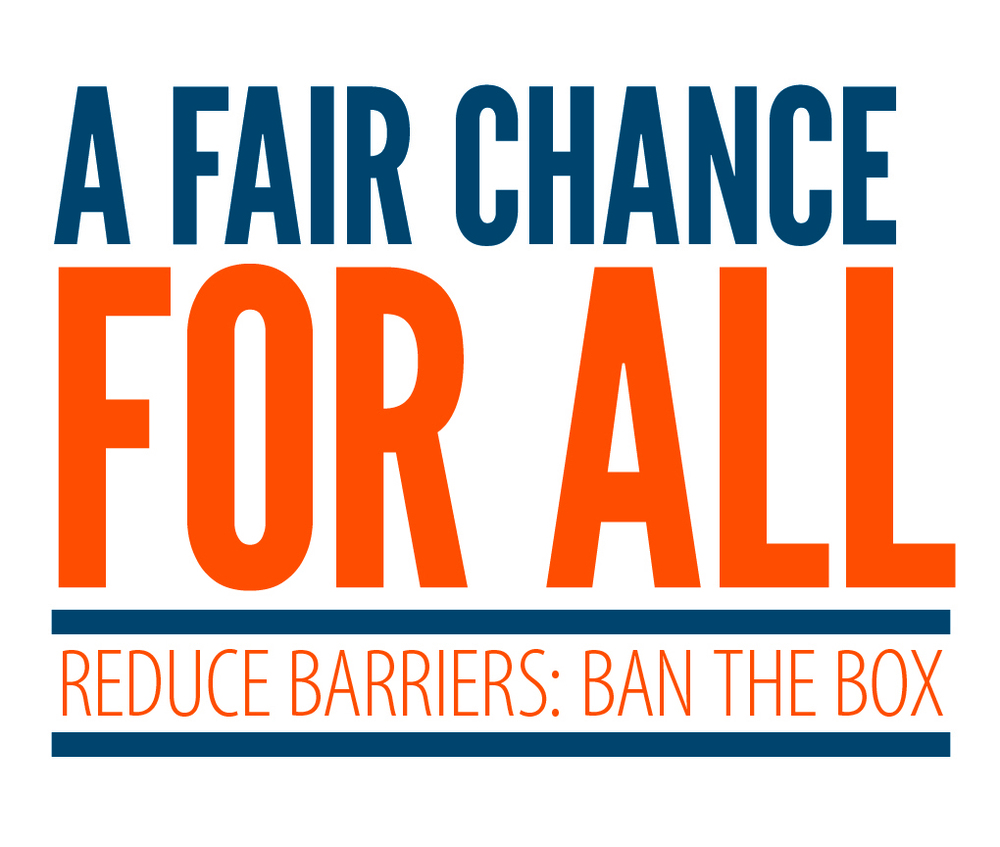


 The 5th Circuit soundly rejected that theory:
The 5th Circuit soundly rejected that theory: